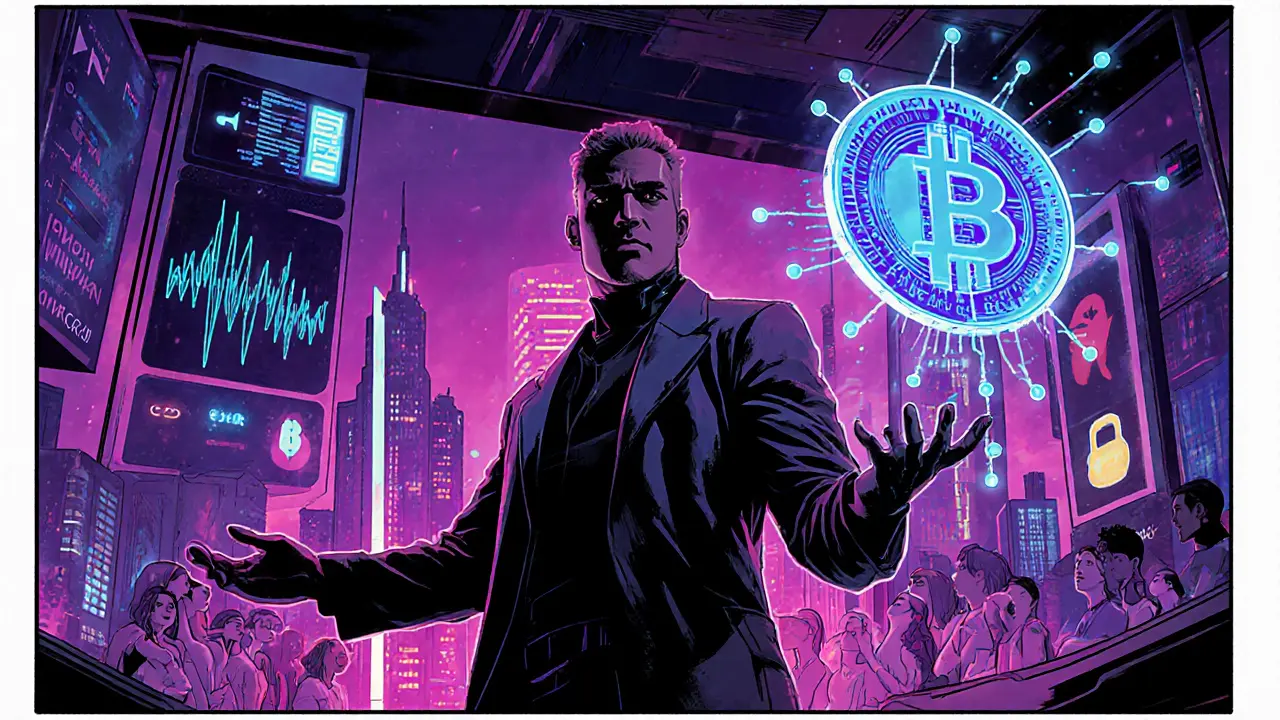Blockchain Music Ownership: Tokens, Royalties, and the Future of Music Rights
Understanding blockchain music ownership is the first step toward grasping how artists protect and profit from their work. When you talk about blockchain music ownership, the method of using blockchain to record, verify and trade music rights. Also known as crypto music rights, it gives creators a transparent, immutable ledger for their work.
Blockchain music ownership encompasses music NFTs, non‑fungible tokens that represent a specific song, album or performance. It requires smart contracts, self‑executing code that automates royalty payouts and licensing to work reliably. Accurate royalty tracking, real‑time monitoring of earnings for every play influences artist revenue and fan engagement. Together these pieces form a new ecosystem where ownership, distribution, and compensation are handled on‑chain instead of through middlemen.
Key Components of Blockchain Music Ownership
The backbone of this ecosystem is tokenization. By turning a song into an ERC‑721 or ERC‑1155 token, creators can sell fractional shares, grant limited‑edition access, or issue collectible badges. Platforms such as Audius, Royal.io, and Catalog let musicians mint NFTs without coding, while still exposing the underlying smart contract logic. Token standards define how metadata, ownership history, and royalties are stored, ensuring that any wallet or marketplace can read the same information.
Smart contracts automate the distribution of royalties. When a listener streams a track on a decentralized platform, the contract calculates each stakeholder’s share—songwriter, performer, producer—and sends the payout instantly. This eliminates delayed payments and opaque accounting. Developers often use frameworks like Hardhat or Truffle to write and test contracts, then deploy them on Ethereum, Polygon, or Solana, where transaction fees differ dramatically. Lower‑cost chains make micro‑royalties viable, letting artists earn a few cents per second of play.
Beyond the tech, blockchain music ownership reshapes legal and business models. Traditional copyright databases can be synced with on‑chain records, creating a hybrid digital rights management system. Fans gain verifiable proof of ownership for limited‑edition releases, turning music into an investment asset. Meanwhile, creators retain control over licensing terms, choosing to grant exclusive rights or open‑source their work. This shift is already spawning new business models like “pay‑what‑you‑want” NFT drops, royalty‑sharing DAOs, and community‑governed streaming services.
All of these trends converge to give artists more power and listeners more transparency. Below you’ll find a curated selection of articles that dive deeper into airdrops, exchange reviews, regulatory updates, and specific token projects—all tied to the world of blockchain music ownership. Keep reading to see how each piece fits into the larger puzzle.




